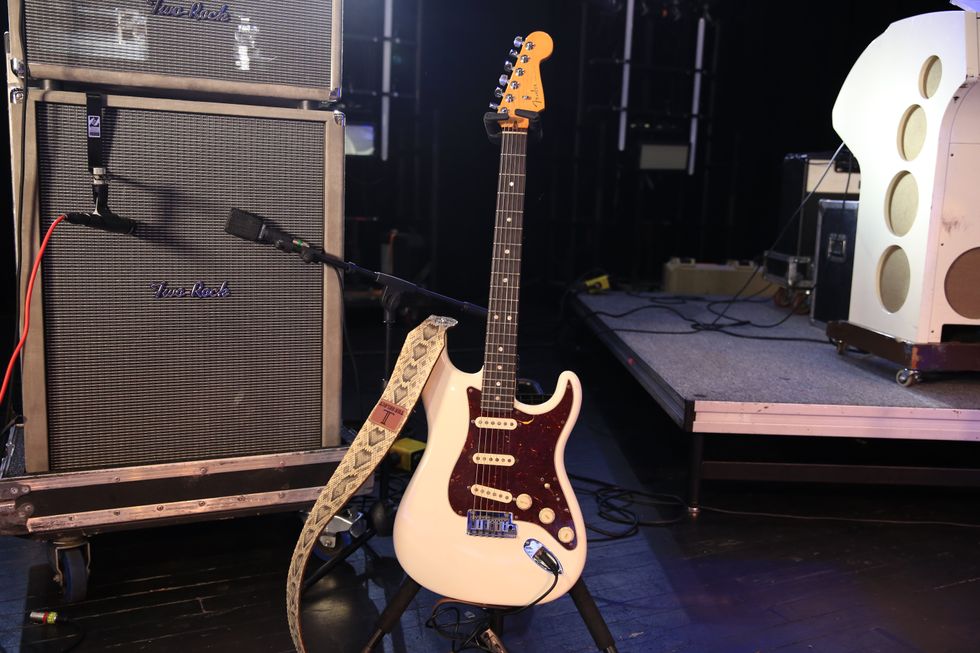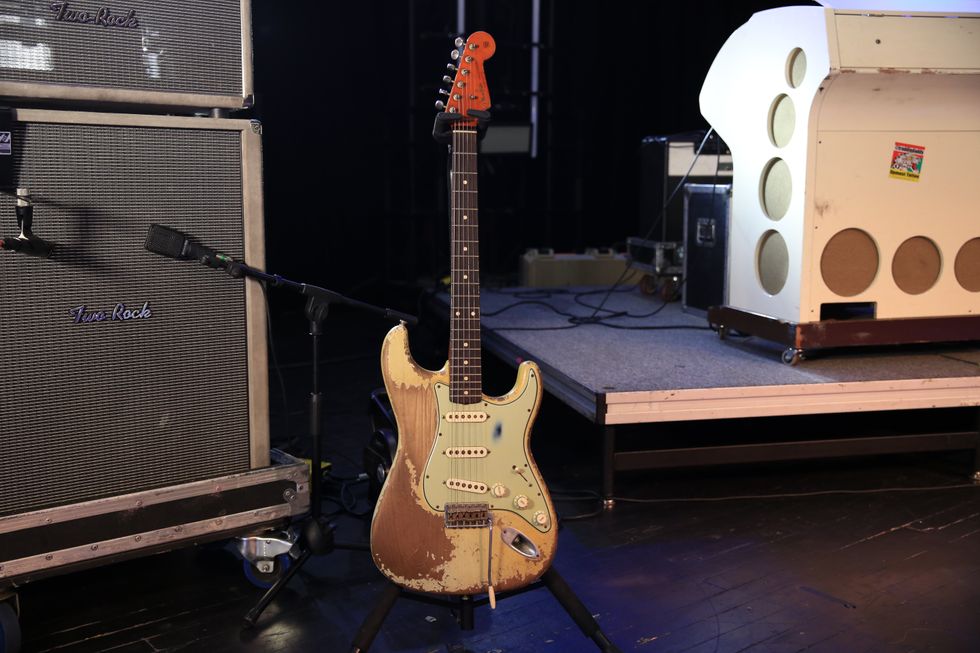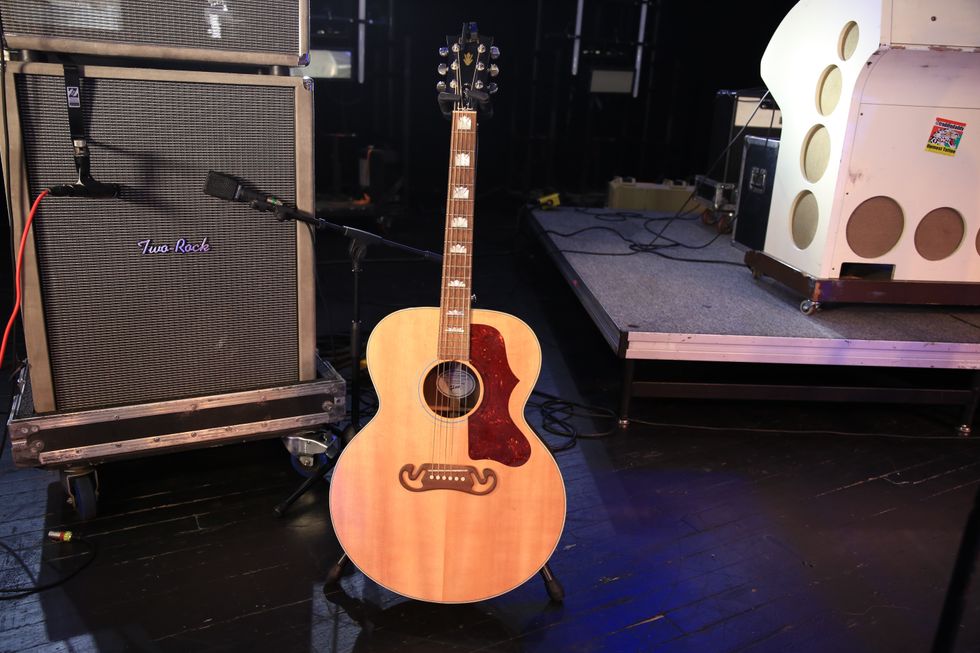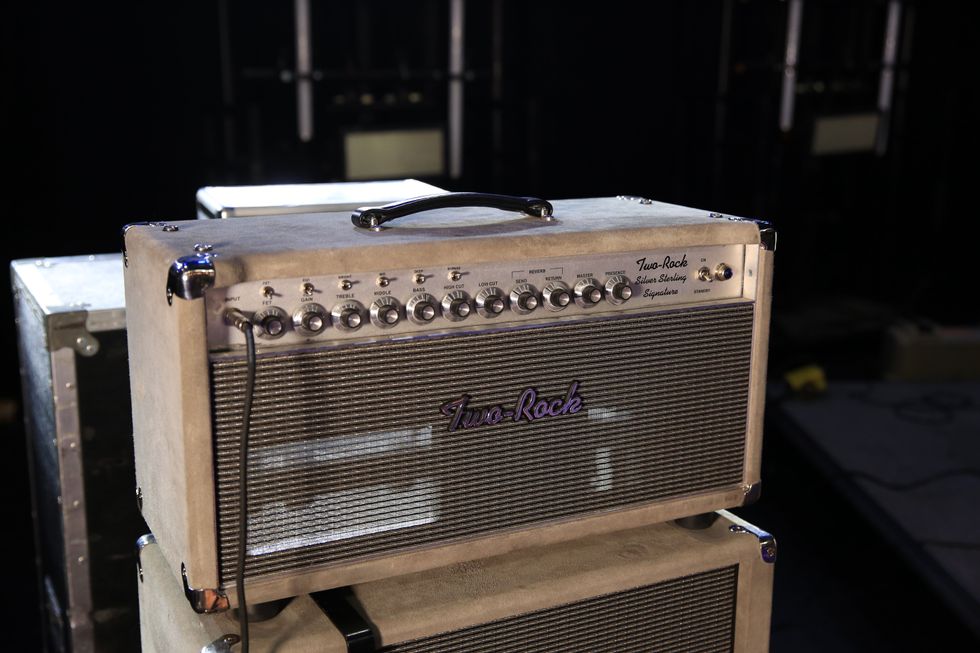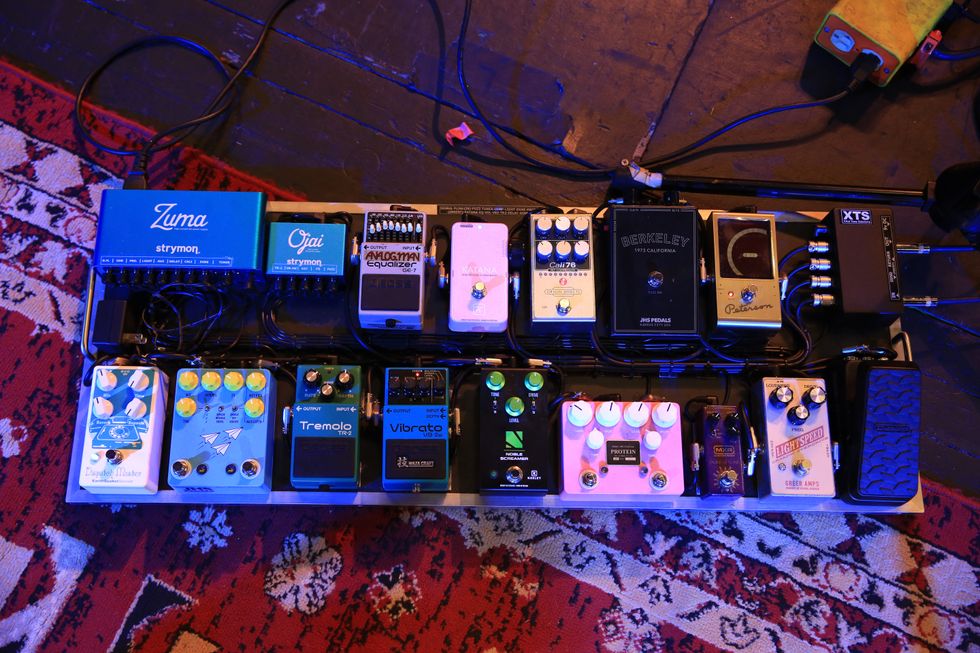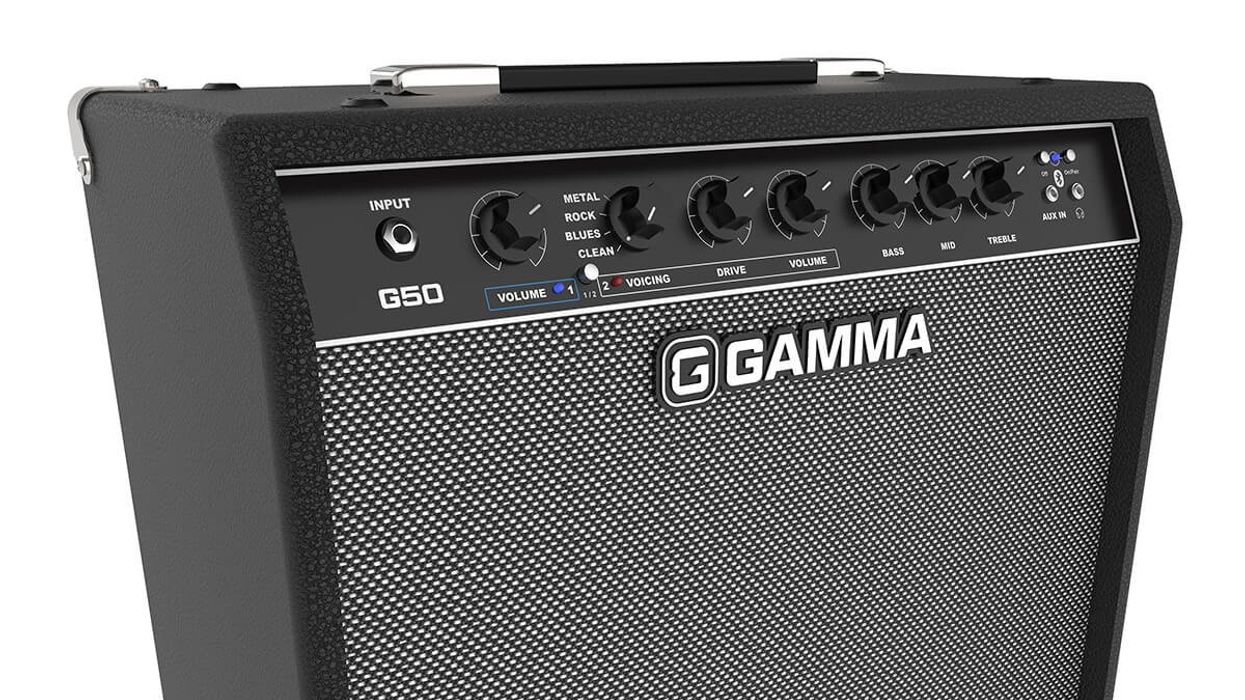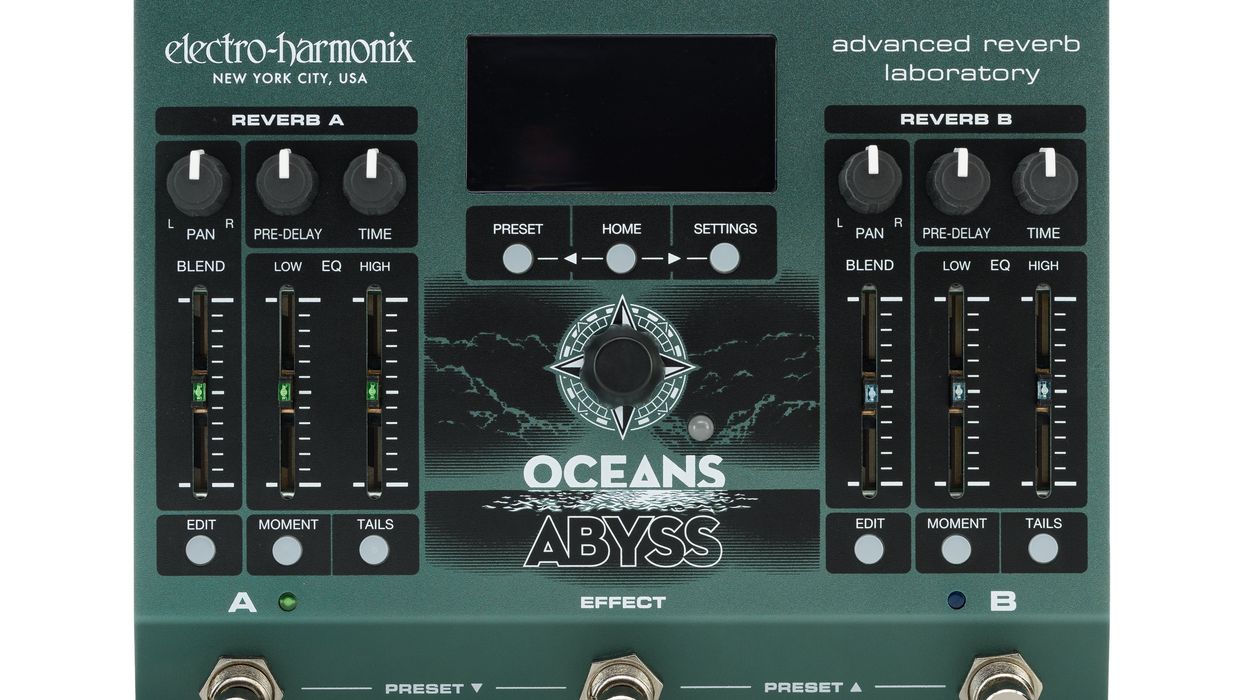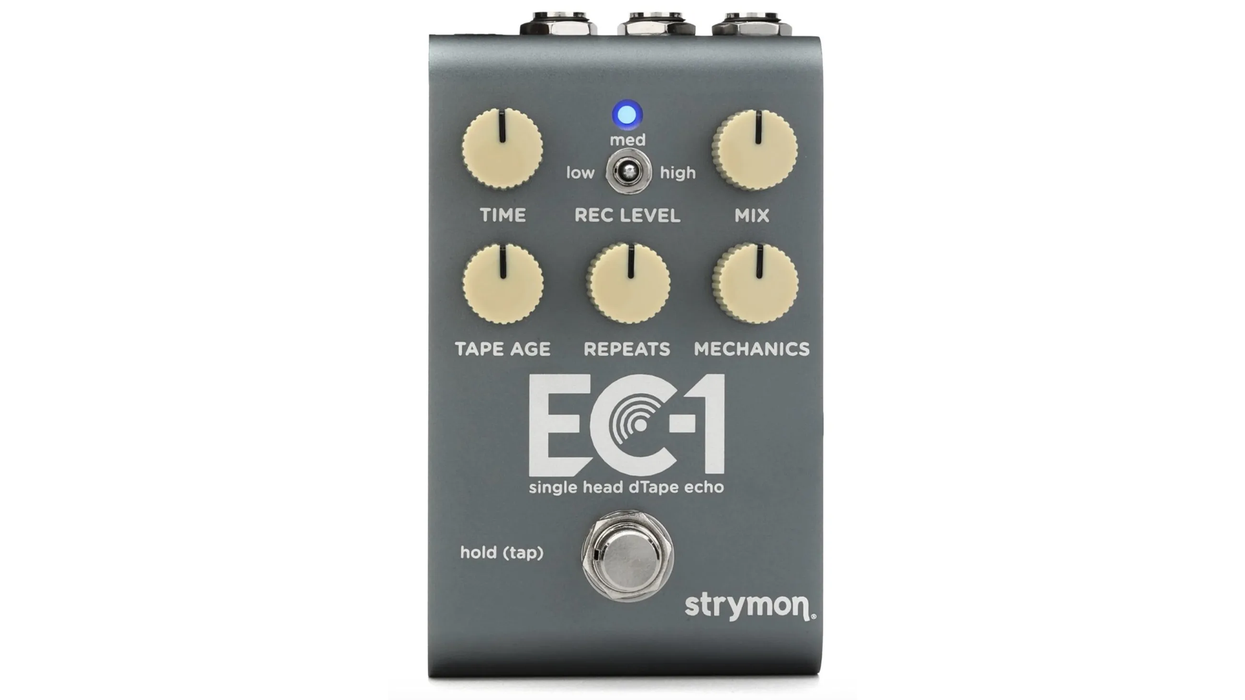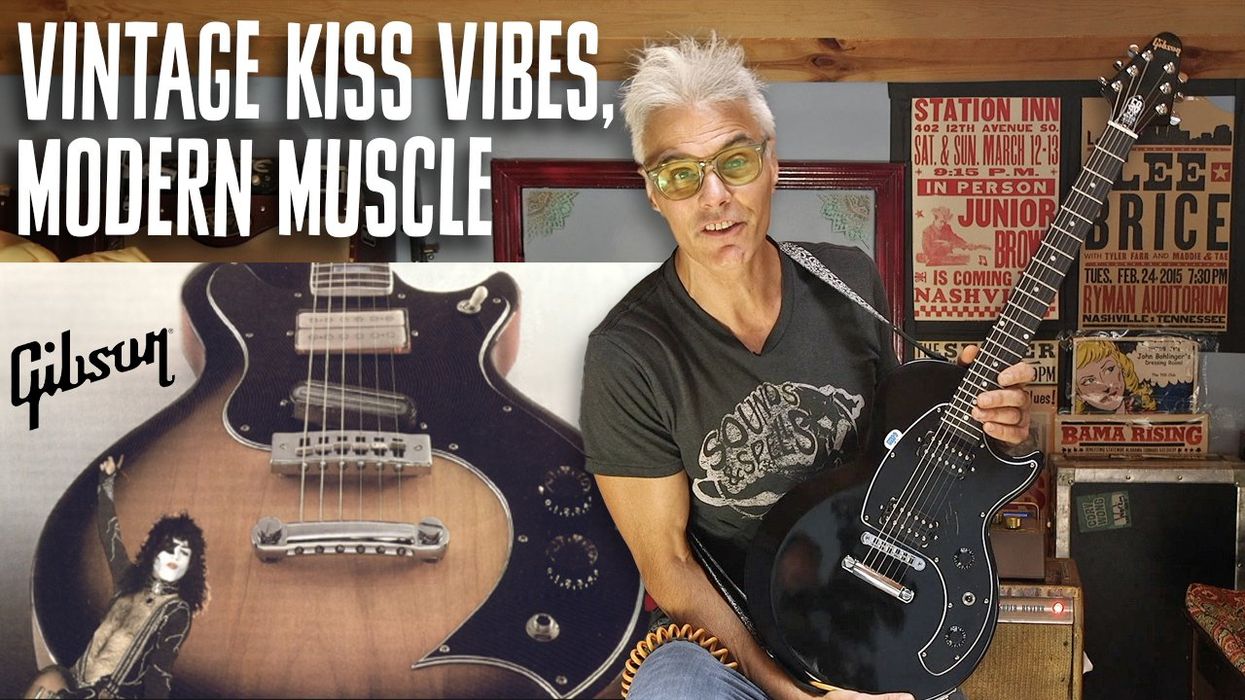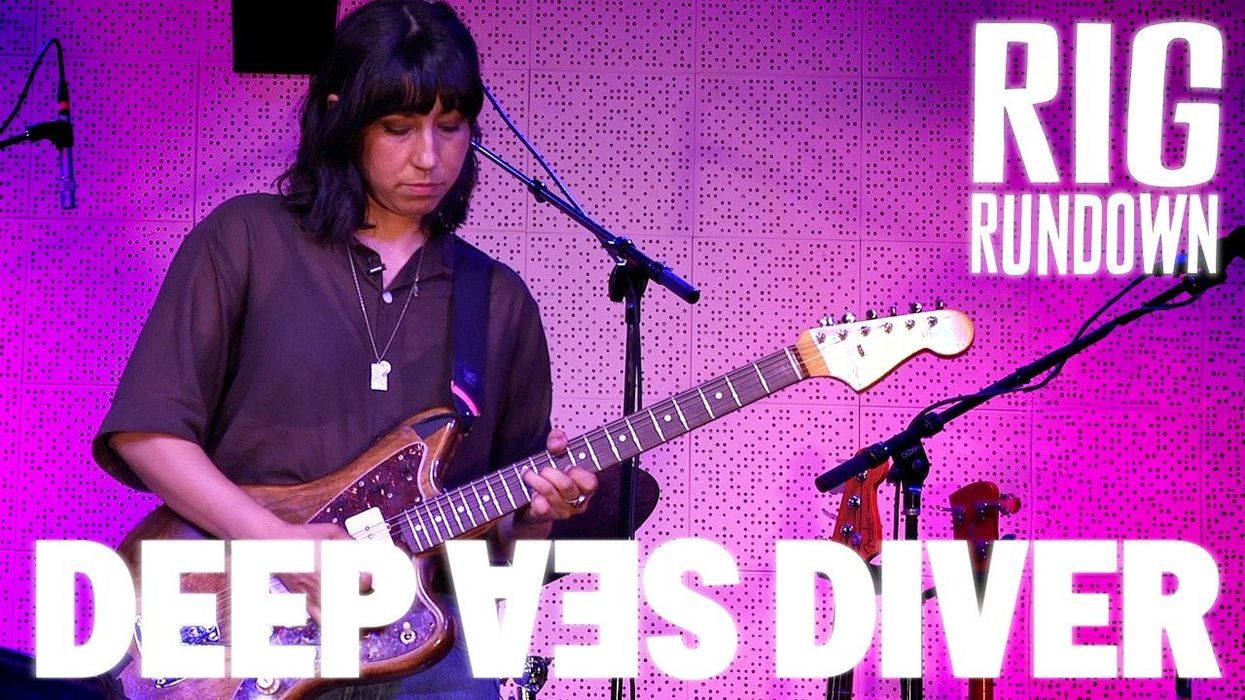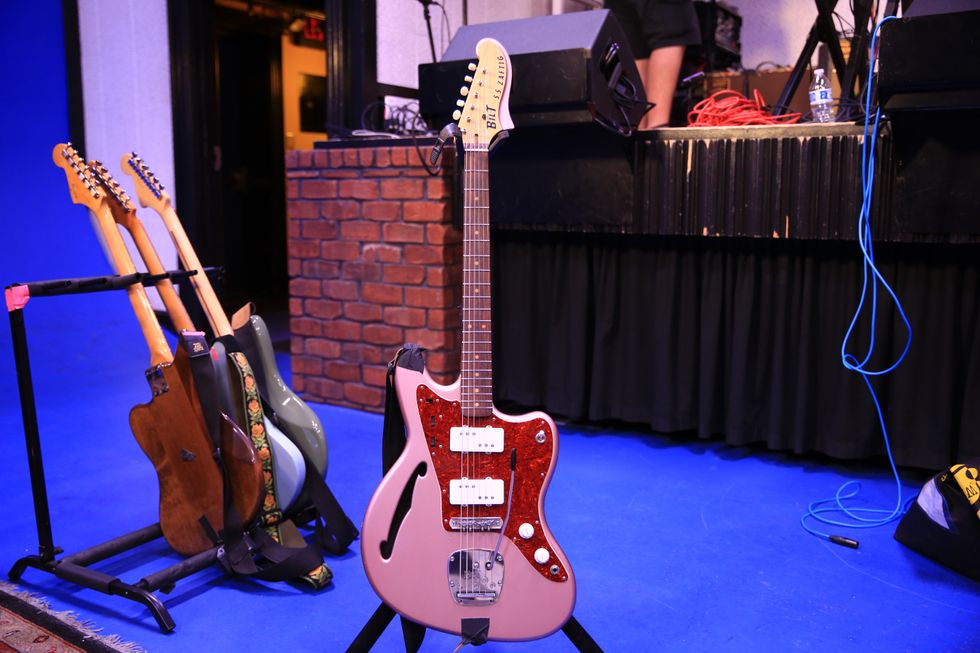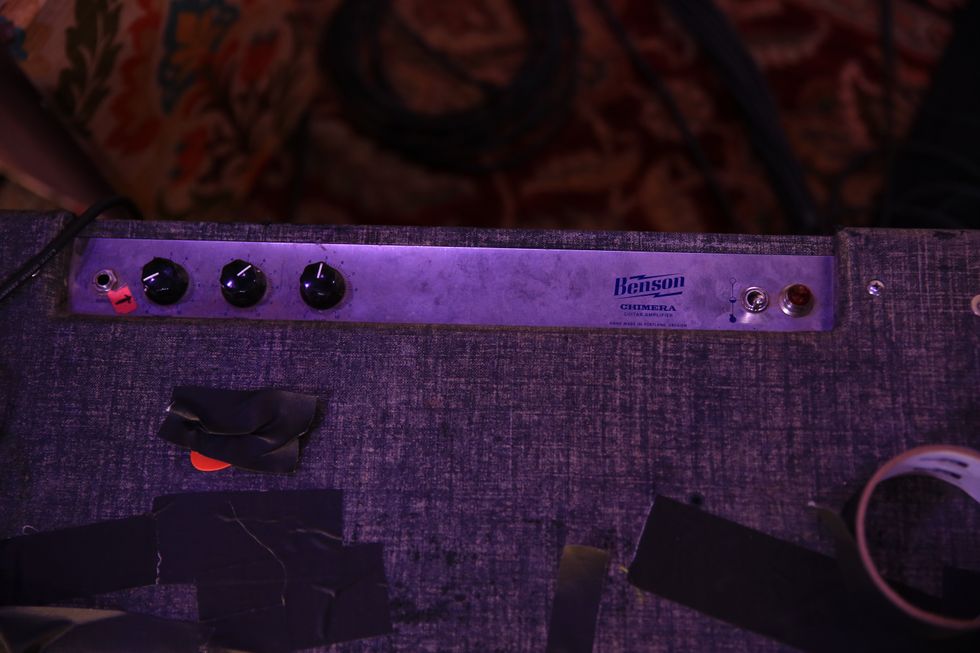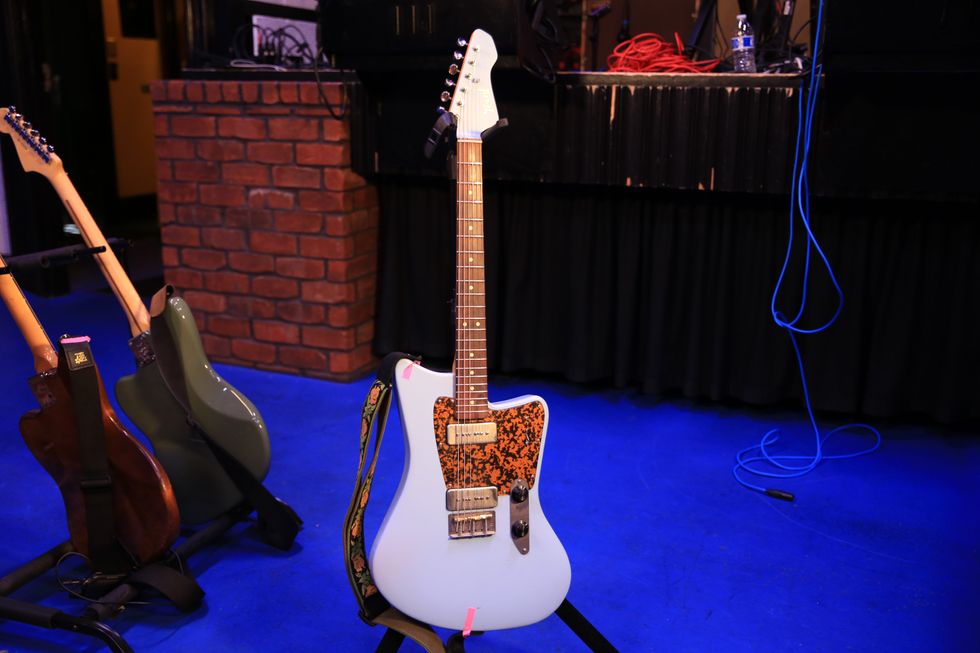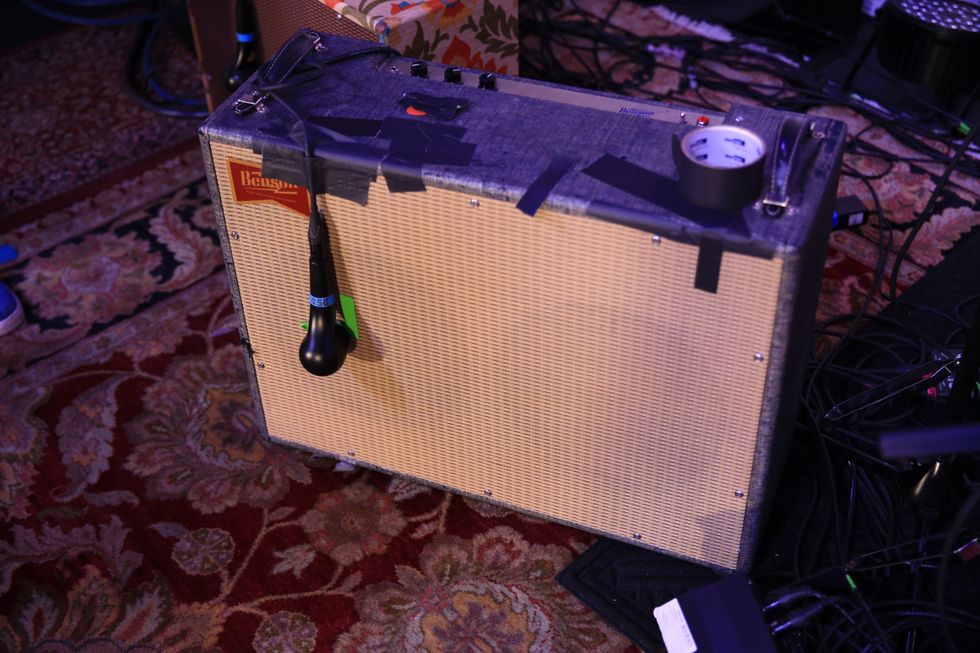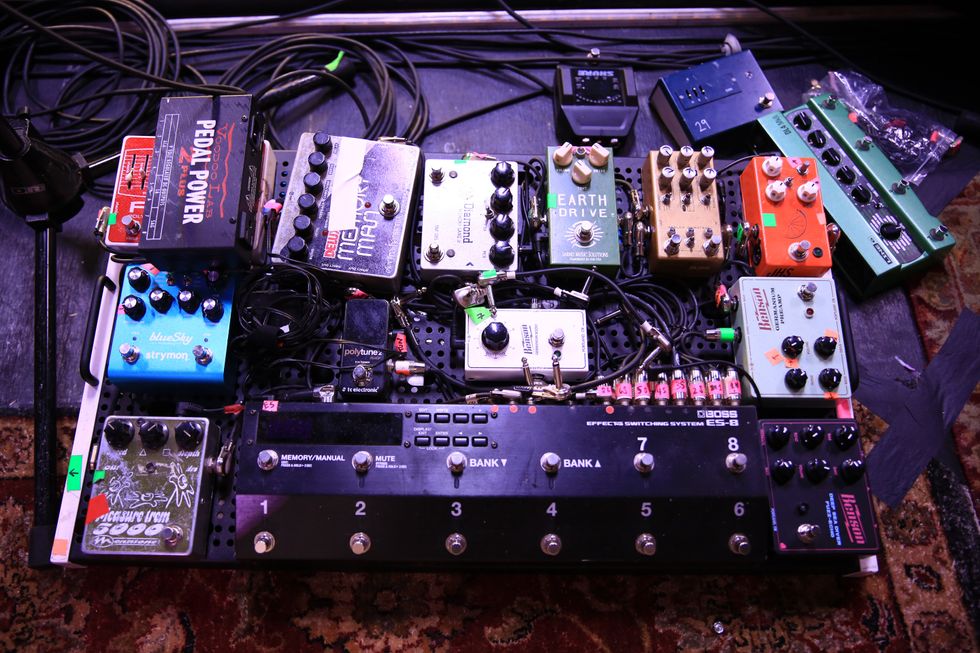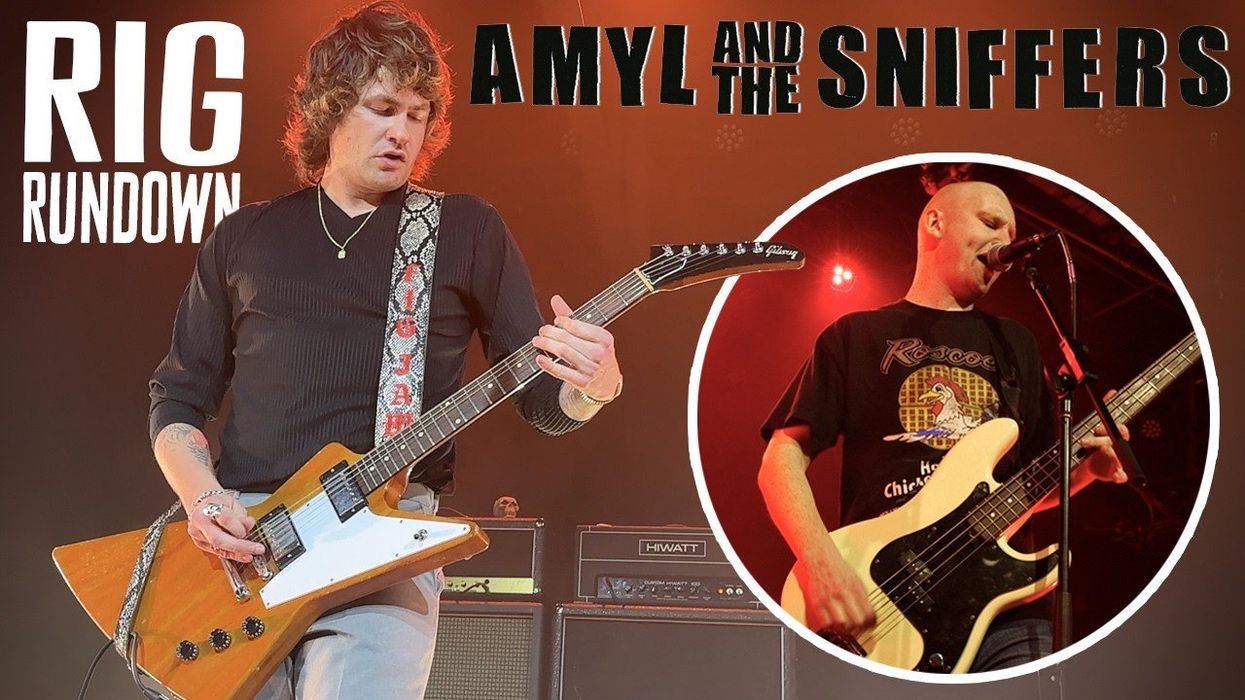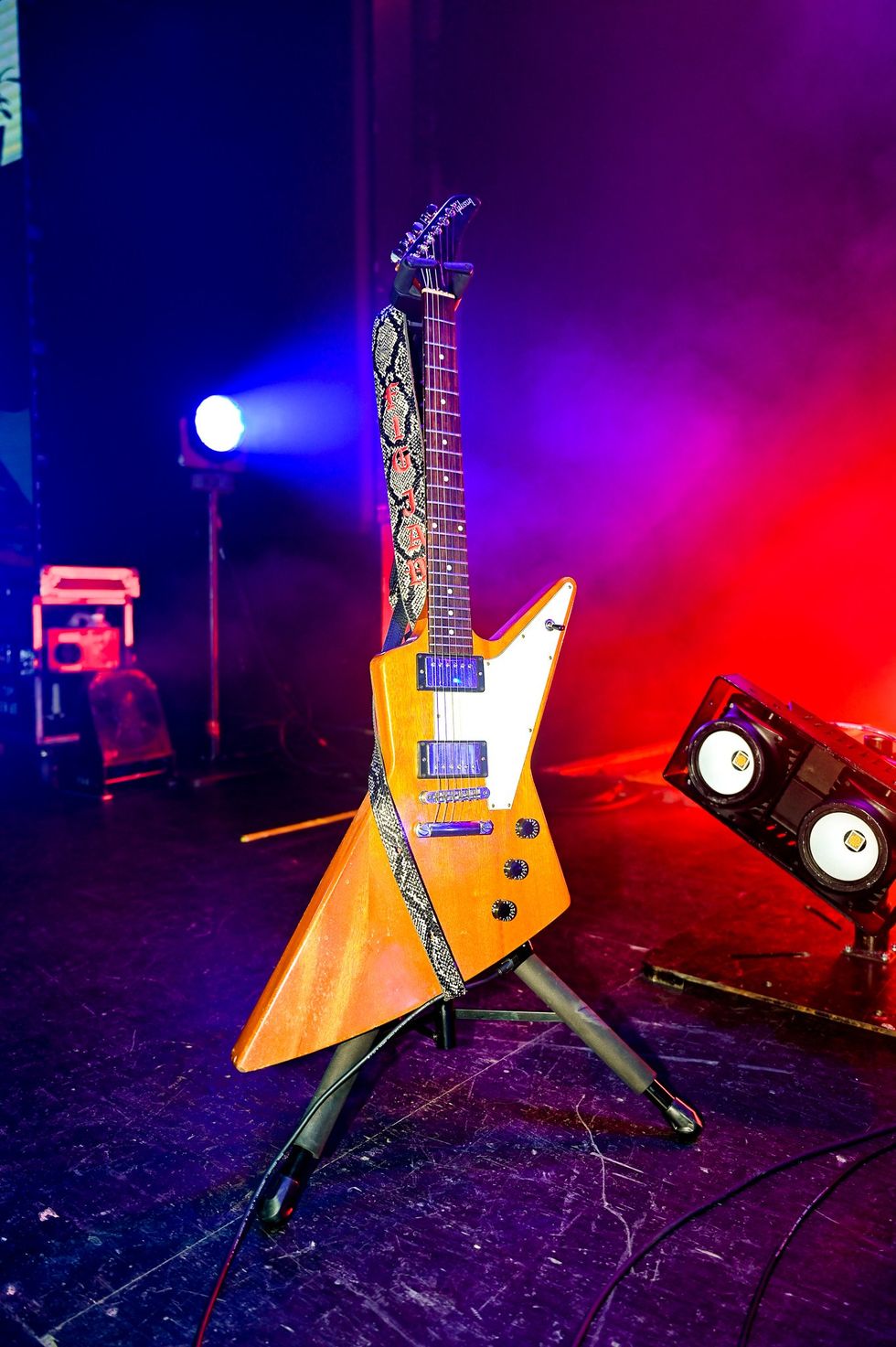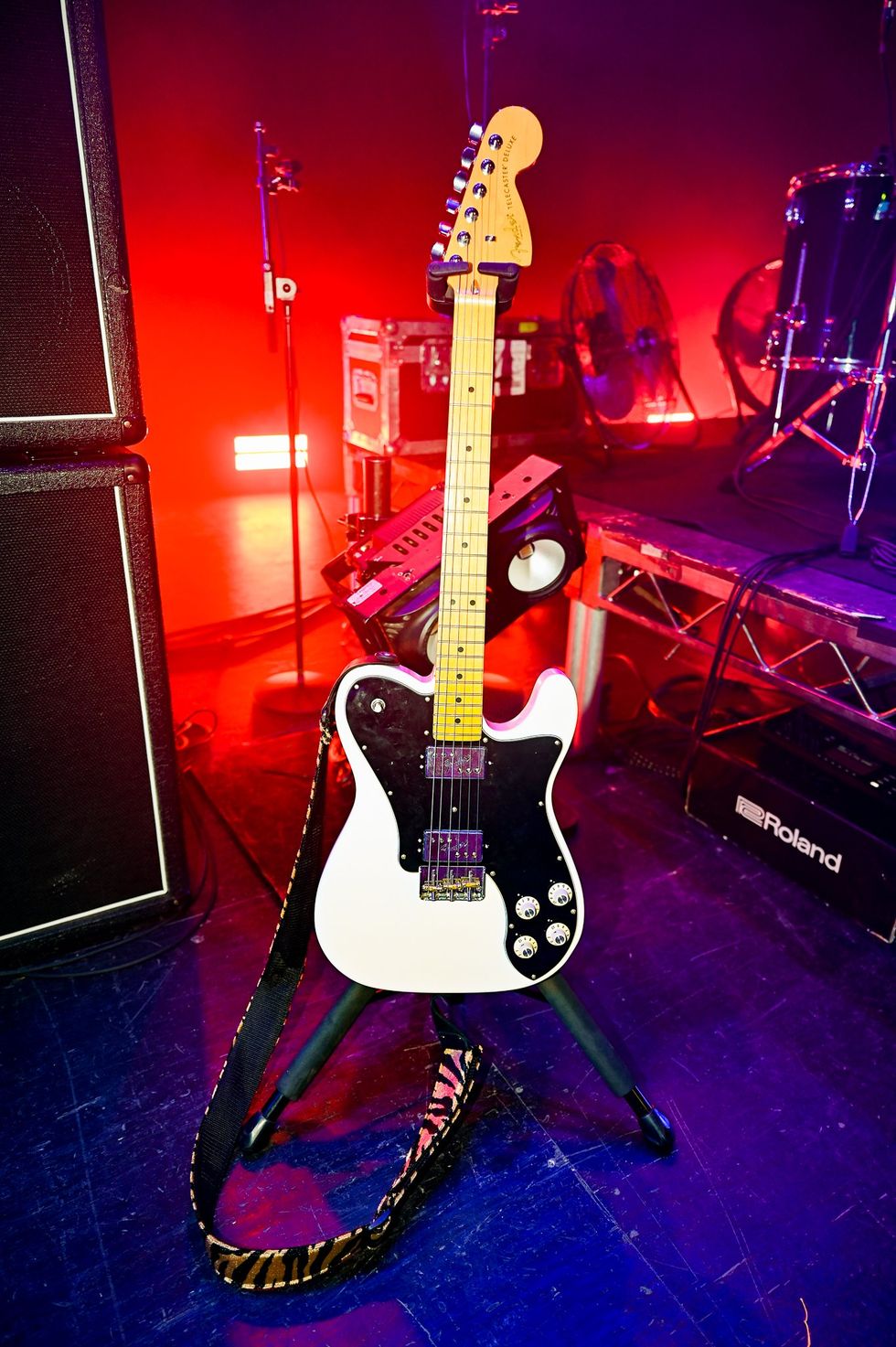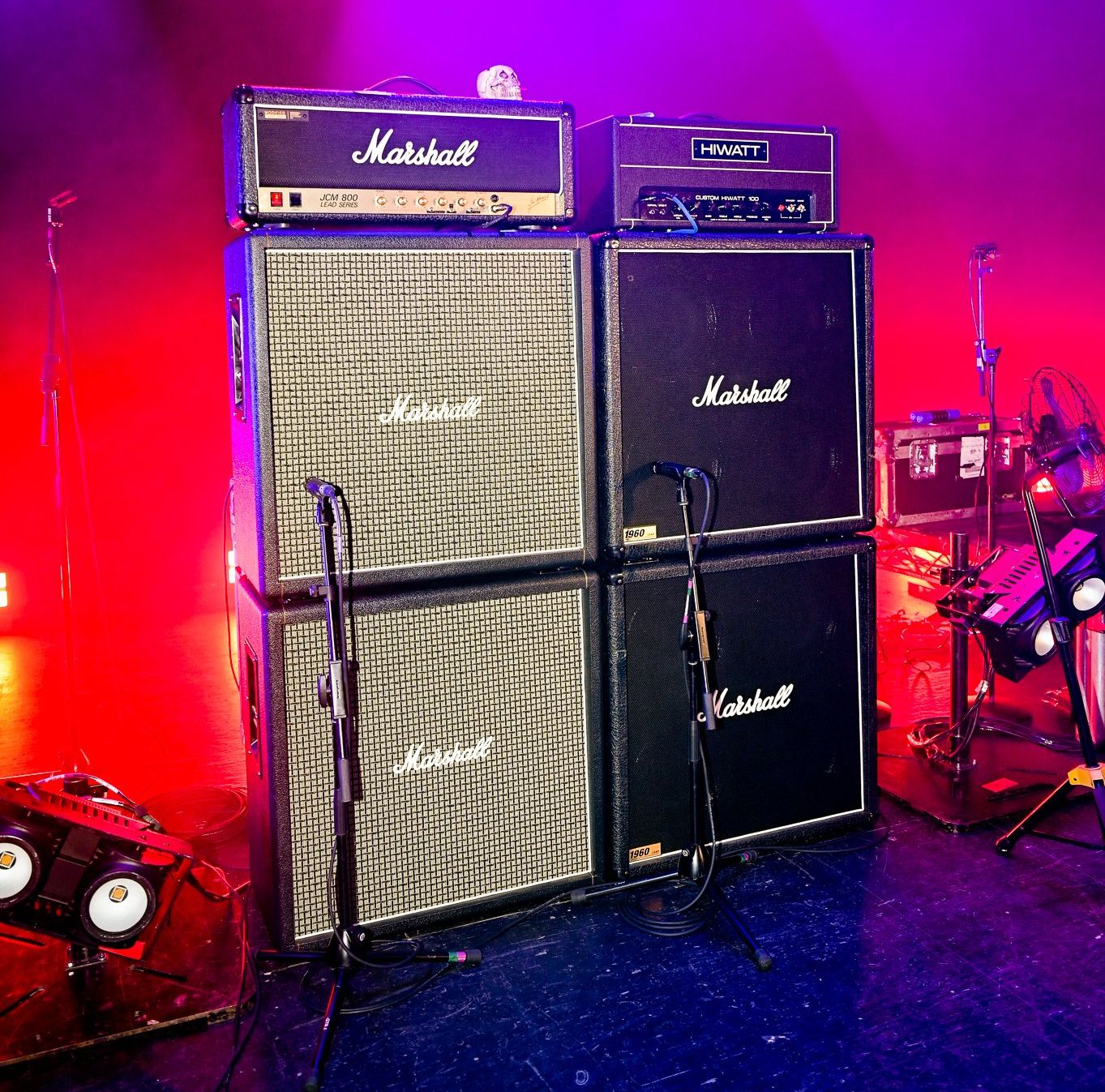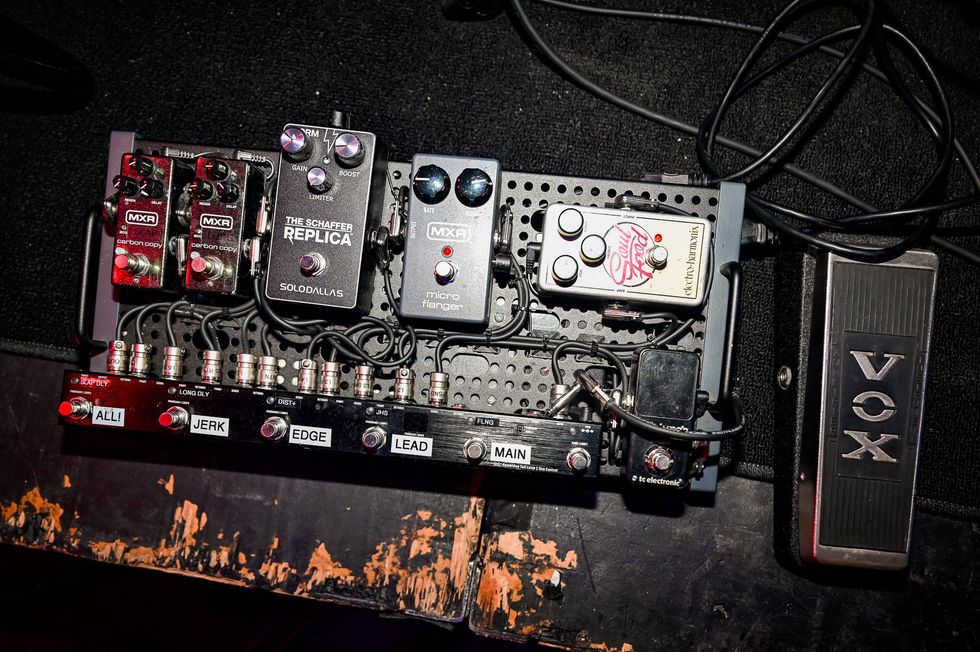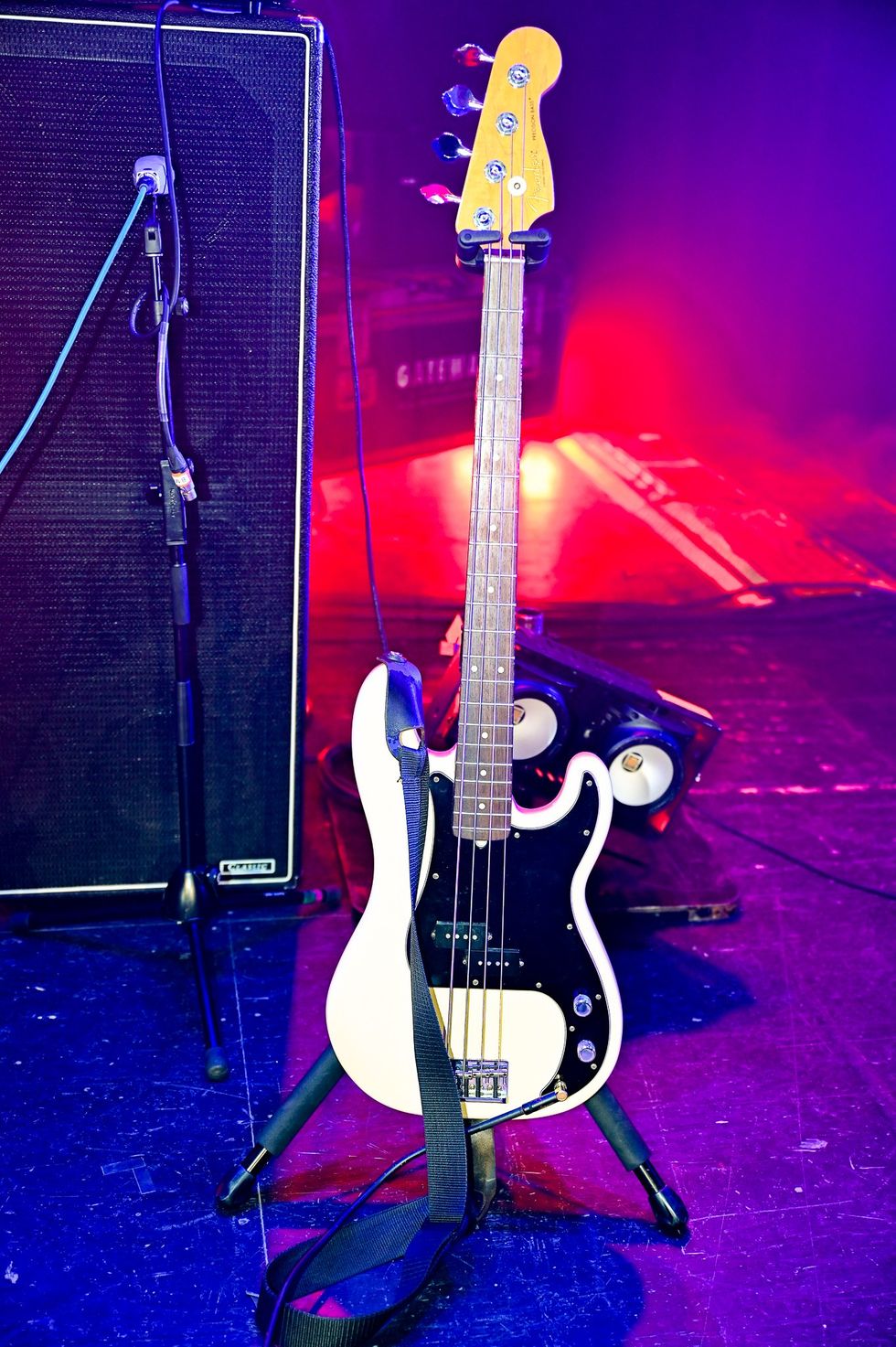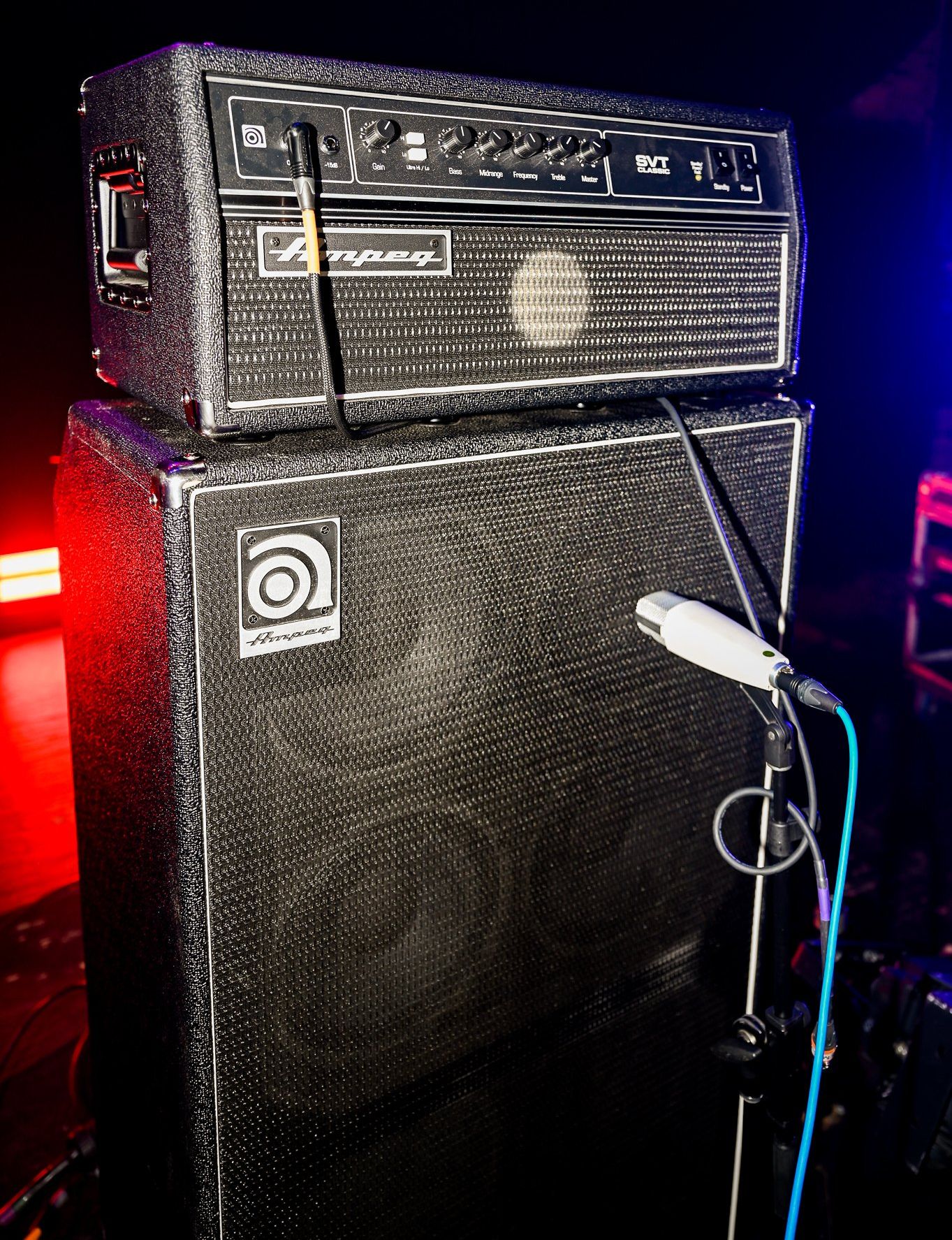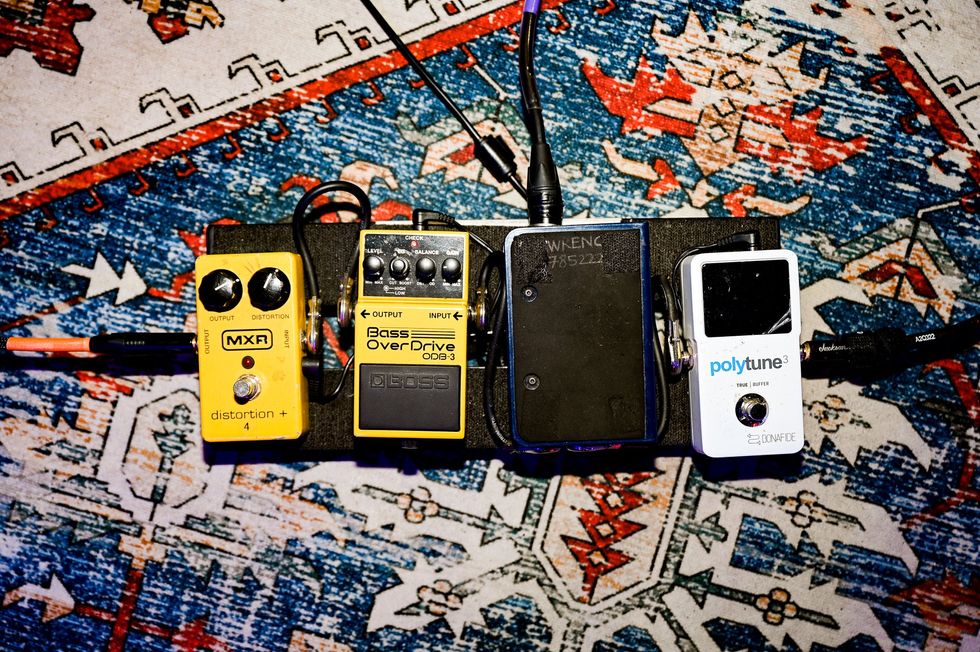RatingsPros:Invites improvisational interaction and unexpected musical turns. Superb sensitivity and range in controls. Cons: It can be hard to escape octave-forward “shimmer” textures at many settings. Street: $199 EarthQuaker Afterneath V3 earthquakerdevices.com | Tones: Ease of Use: Build/Design: Value: |
EarthQuaker’s Afterneath product identity is built around cavern imagery—obviously to hail the effect’s capacity for hyper-expansive reverb sounds. But the cave allegory works in more ways than one with the new, evolved Afterneath V3. It also represents the very deep, labyrinthine musical journeys the device seems to instigate. By the time I familiarized myself with the latest Afterneath, I was playing the pedal as much as I was playing my guitar. That may not sound appealing to picking purists. But if you’re free from such dogma, the Afterneath V3 will prod you to explore unusual musical turns that expand the functionality and potential of the guitar as an instrument and render you unencumbered by the rote or expected. This is a pedal you can cut loose with when you’re in a rut and need to shake things up.
Initially, I wasn’t sure things would go that way. Many of the Afterneath V3’s most familiar and obviously guitaristic reverb sounds—the kind you set up just to get your bearings—have strong hints of octave-forward, “shimmer”-type reverb. And let’s just say a little of that goes a long way with me. But Afterneath extends the possibilities of octave-enhanced reverb by using a set of very sensitive and rangey controls to create stretched, deeply resonant, EQ-shifted reverbs that invite active manipulation and make the Afterneath V3 feel as much like a synth module as a stompbox.
Keys to the Underworld
If your experience with reverb is limited to amp reverb or pedals that loosely mirror that functionality, you might not even recognize the Afterneath V3 as a reverb. While controls like reflect, diffuse, and length hint at reverberative qualities, there are no obvious dwell or room size controls that relate to amp reverb or simple digital reverb simulations. But the Afterneath’s controls are very intuitive and inviting, and you can understand their general intent with a few twists and turns.
Broadly speaking, length equals reverb decay, dampen controls EQ, diffuse adjusts ambience, and reflect regulates reverb regeneration. The drag control is less conventional. It controls time between delay lines. At counterclockwise settings, the spacing is more fragmented and irregular—like a soft, fractured delay effect. In the opposite direction, the delays are closely spaced and generate a smoother ambience.
The drag control also works in concert with the mode knob—new to V3—which offers unquantized, quantized, slew, octave, and major, minor, and pentatonic scale modes for treating the reverberations. These can also be used in concert with an expression pedal (not included) to turn the drag function on its head—enabling Looney Tunes pitch shifts and stair-step pitch delay sounds.
Rise to Descend
We’ve talked a lot about how ethereal and weird the Afterneath can be. But there are many excellent, more conventional textures on tap—particularly if you’re geared in ambient or contemporary psych and shoegaze directions. And you can paint many subtle but expansive reverb pictures at low mix levels and the damper control in darker realms.
Typically, though, those were not the directions in which the Afterneath beckoned me. Instead, I tended to use the controls actively—adjusting things on the fly as a part of improvisation. The controls are very responsive, sensitive, and have long, gentle tapers. That makes it easy to manipulate the pedal at the edge of its self-oscillation capabilities, ride waves of feedback, or pull radical pitch-shifting tricks.
Working the dampen and drag controls together with longer delay times can conjure sub-seismic bass drones. Manipulating the drag, reflect, and length controls together incites the creation of Doppler-effect motor sounds. (I managed convincing approximations of a flying saucer and a ’58 Plymouth, much to my satisfaction.) Darker dampen settings, by the way, have a killer horror-flick sewer-dweller vibe.
The Verdict
If you’re on the search for convincing digital approximations of spring or plate reverb, the Afterneath would be an odd choice. But if you fancy cinematic, ambient sounds, the Afterneath is like a powerhouse. Improvising with the pedal is an immersive, joyful, musically satisfying, and downright escapist experience. But regardless of the framework in which you use it, the Afterneath V3 gives you a gazillion reverb hues with which you can color it all.
Watch Yvette Young demo the depths of the Afterneath.







